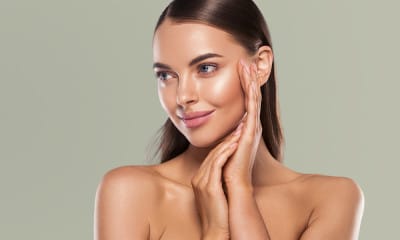The Most Common Causes Of Hair Damage (And How to Avoid Them)
# The Most Common Causes Of Hair Damage (And How to Avoid Them)
Damaged hair appears dull, brittle, and lacks moisture due to a lack of a protective outer layer, making it more susceptible to breakage and issues like frizz and flyaways. Preventing hair breakage and damage is crucial, and it can be achieved by handling your hair gently and choosing the right hair products. Always scrutinize the ingredients and go through reviews like Function of Beauty to ensure the product is suitable for you.
## Overexposure To The Sun
Sun exposure can harm our hair in various ways. Excessive exposure to the sun can lead to the deterioration of hair and break down its protective cuticle layer. This protective shield guards the inner core of the hair from external elements, and prolonged exposure can cause damage. The sun triggers the production of a compound called superoxide, a byproduct of UV damage, which can disrupt the growth cycle by inducing hair follicles to skip the growth phase.
## Chemical Treatments
Frequent changes in hairstyles often involve chemical treatments. Despite the allure of these treatments, the harsh chemicals they contain can leave the hair dry, frizzy, or prone to breakage. Damage may become noticeable shortly after the treatment and persist for months. To counteract the damage caused by chemicals, it’s essential to wash and properly condition your hair following the treatment before using any products.
## Plastic Bristles
Poor brushing techniques and excessive brushing are common culprits of hair damage. Rough brushing can remove the cuticle layer and lead to breakage. Furthermore, brushes and combs with sharp edges can irritate the scalp, causing discomfort and hair damage. Hair experts recommend brushing gently and correctly, favoring a wide-tooth comb for optimal results. For dry hair, opt for a natural-bristle brush.

## Stress
In today’s fast-paced world, stress is rampant as individuals juggle work, social life, and personal responsibilities. Factors like the COVID-19 pandemic, job insecurity, and financial burdens add to the stress. Effectively managing stress can aid in combating hair loss and promoting hair regrowth.
## Unruly Tangles
Damaged hair with compromised cuticles is more prone to tangling. Healthy cuticles lie flat and point downward, while damaged hair cuticles are raised. Tangled hair is fragile and challenging to detangle.
## Infections Of The Scalp
Scalp infections can lead to hair loss through various means, including bacterial infections of hair follicles, head lice infestations, and fungal infections like ringworm. These conditions may also cause scalp flaking issues like dandruff and psoriasis, presenting symptoms such as a red, itchy scalp with scaly patches or pus-filled sores. In children, additional signs may include swollen glands, low-grade fevers, and red patches on the scalp.
## Over-Processing
Over-processing, often from excessive use of harsh chemicals in hair dyes and heat-styling tools, weakens the hair fibers. Daily styling practices can compound the damage, breaking the hair fibers and increasing breakage. Fortunately, there are simple ways to address hair damage and avoid common over-processing mistakes.
## Over-Brushing
Over-brushing can cause damage to your hair in multiple ways, from harming the strands to affecting the hair follicles that support growth. This practice can impede healthy hair growth, leading to a thinner appearance, and it can also wear down the bristles of your hairbrush.















